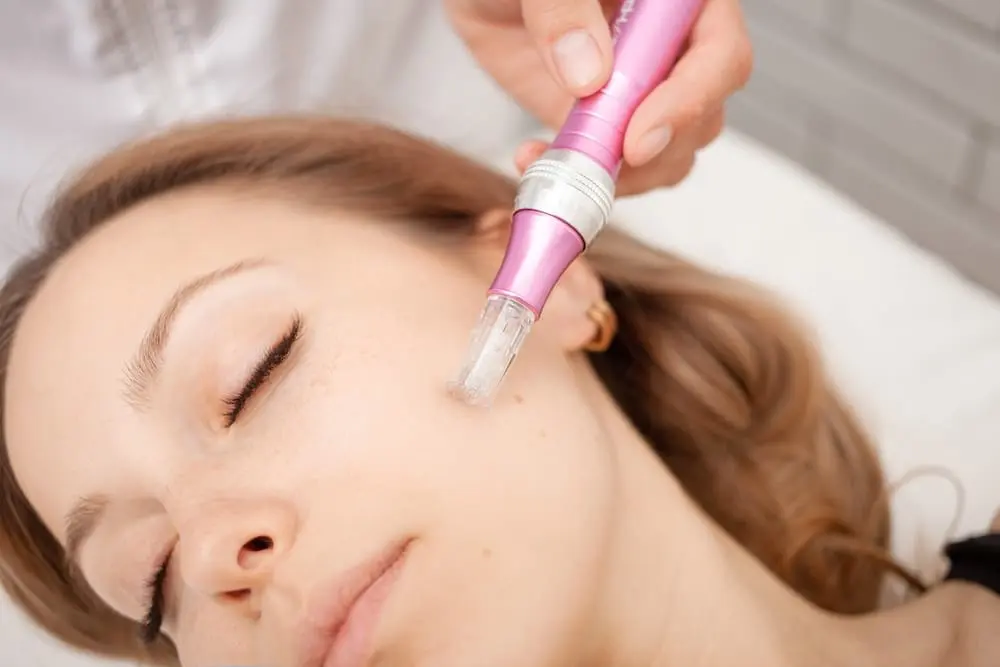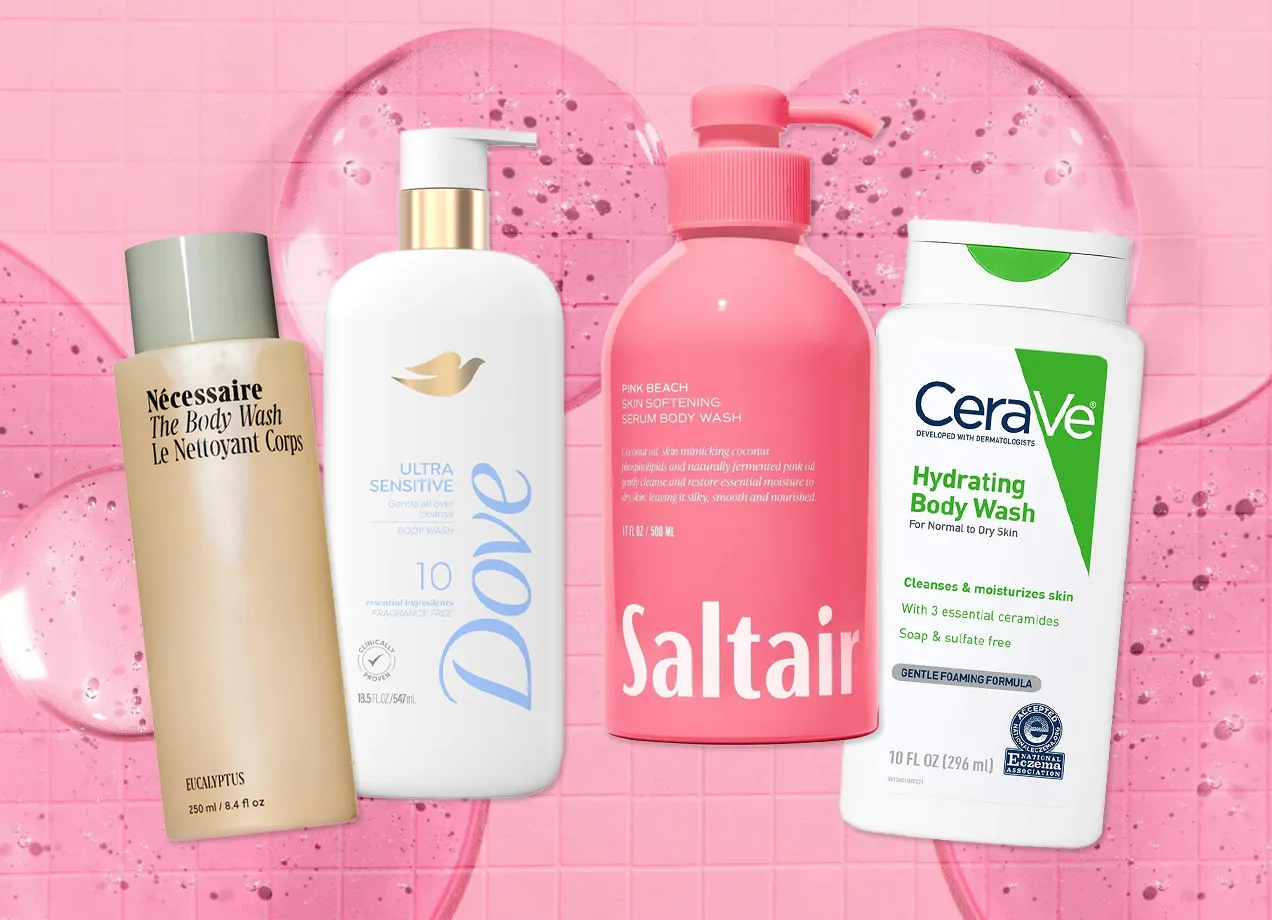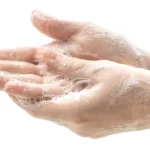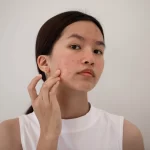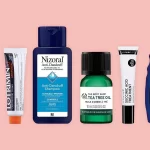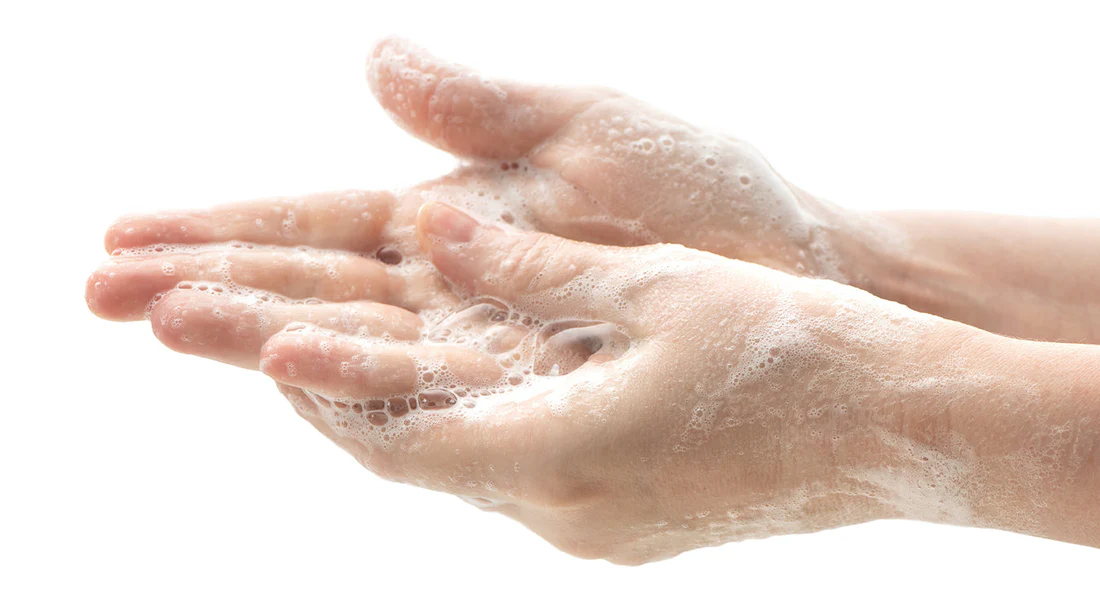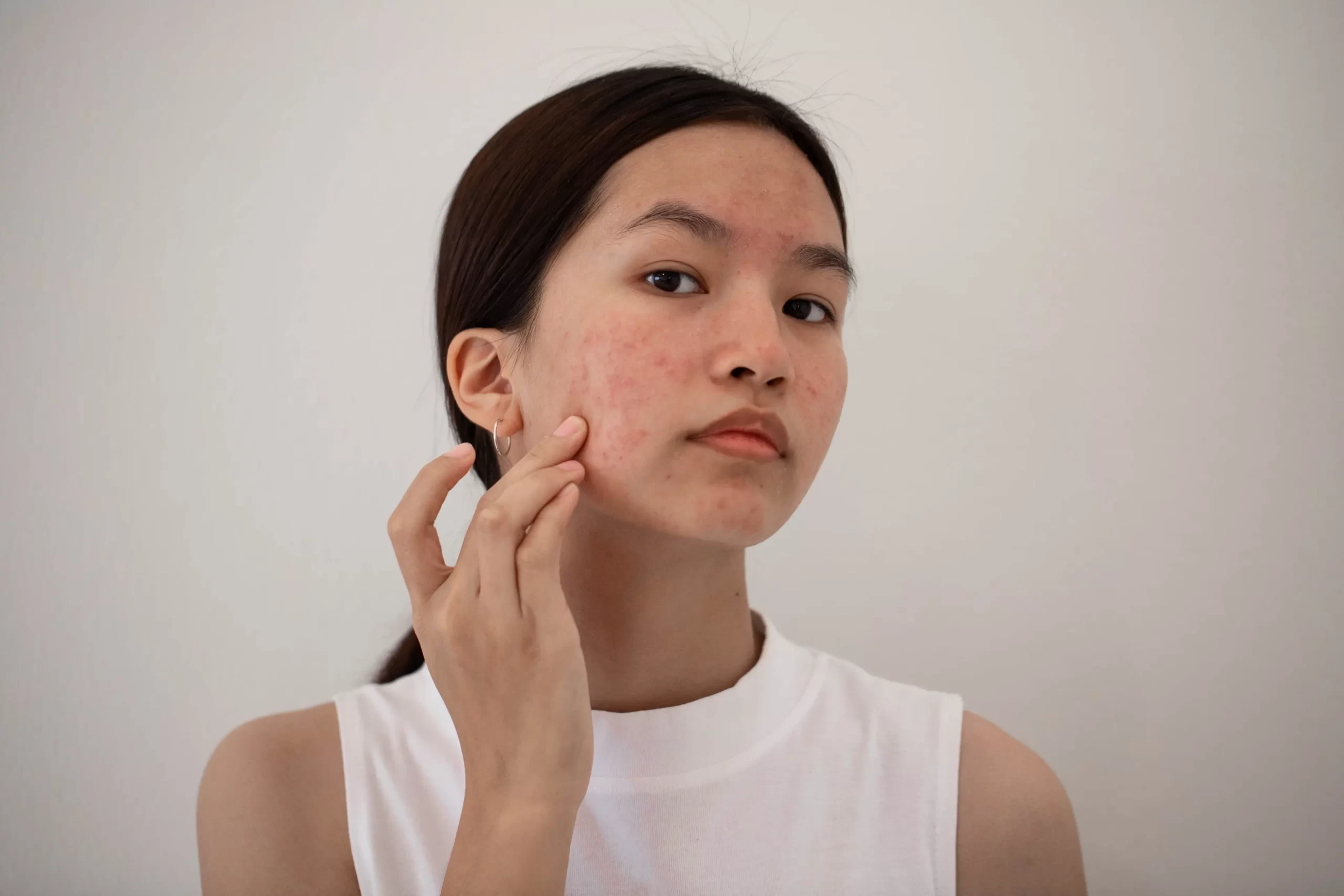Microneedling with a dermatologist is a cosmetic procedure that uses tiny needles to create controlled micro-injuries in the skin, helping to stimulate collagen production and improve texture. Microneedling is a minimally invasive option that can deliver smoother skin with fewer risks compared to surgery.
It is often called collagen induction therapy and is considered an effective treatment for acne scars, stretch marks, and other skin conditions. Unlike at-home microneedling devices, a dermatologist can tailor the microneedling procedure to your skin type and treatment area for safer, more consistent results.
Patients can expect gradual skin rejuvenation with optimal results after several sessions. Choosing a board-certified professional ensures proper care, minimized risk, and lasting benefits.
This guide explains what microneedling is, how it works, and why professional care matters. If you are considering microneedling with a dermatologist, here is everything you need to know.
Key Takeaways
- Microneedling with a dermatologist is a minimally invasive cosmetic procedure that stimulates collagen production to improve scars, fine lines, and overall skin texture.
- Dermatologist-led care ensures safer and more effective treatment for acne scars, stretch marks, and skin rejuvenation compared to at-home devices or esthetician services.
- Most patients need 3 to 6 sessions for optimal results, with improvements appearing gradually over weeks and supported by proper sun protection after each procedure.
- Advanced options like microneedling with PRP can accelerate healing and enhance outcomes, while reviews and before-and-after results confirm patient satisfaction.
- Microneedling is safe for most skin types, but individuals with certain skin conditions or healing issues should consult a dermatologist to determine candidacy.
What Is Microneedling?
How the treatment works
Microneedling is a cosmetic procedure where a dermatologist uses fine needles to make small punctures in the outer layers of the skin. This controlled process stimulates collagen production and triggers natural healing.
The microneedling procedure can be adjusted to fit the treatment area, making it suitable for the face, neck, or body. It is often performed with numbing cream to reduce discomfort.
Microneedling benefits for skin and scars
Patients choose microneedling treatment for skin rejuvenation, reducing fine lines, and improving tone. It is especially effective as a treatment for acne scars and visible stretch marks. By stimulating collagen production, microneedling supports smoother skin and better elasticity.
Dermatologists may also combine it with other cosmetic procedures, such as chemical peels, to enhance results.
Microneedling for Acne Scars
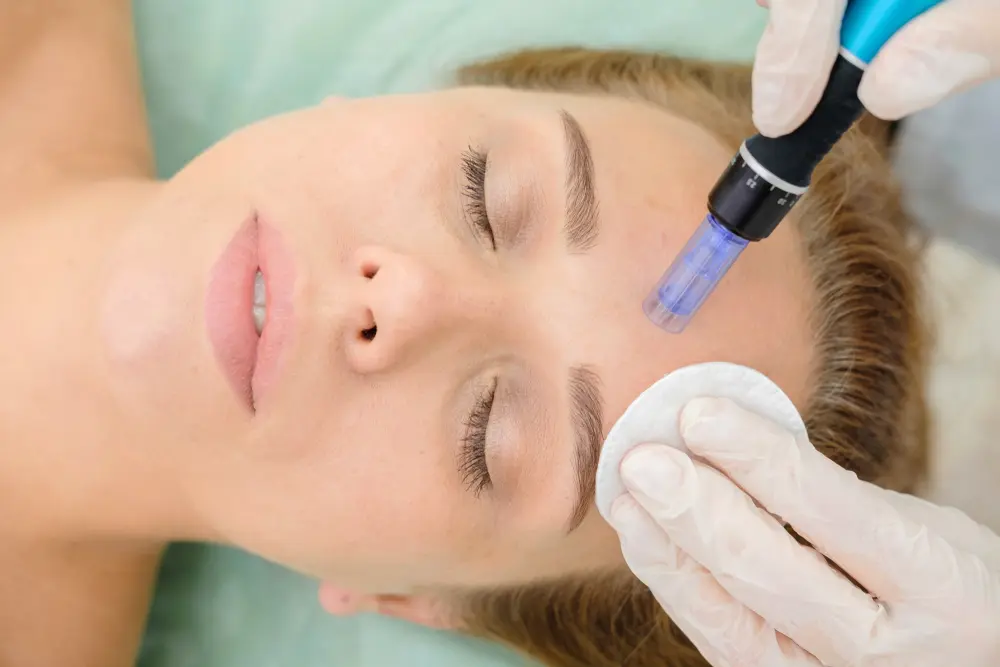
Why dermatologists recommend this treatment
Dermatologists recommend microneedling for acne scars because the process creates new collagen that helps fill uneven texture. Professional care ensures precise depth and safe use of microneedling devices. This approach makes it a more effective treatment than at-home tools for treating acne scars.
Microneedling before and after results
Before treatment, the skin may look uneven with visible acne scars. After several sessions, patients often notice smoother texture, fewer marks, and improved skin tone. Dermatologists track progress with before-and-after photos to measure improvements in the treatment area.
How many sessions are usually needed
Most patients require 3 to 6 sessions for optimal results. The number depends on the severity of scars, skin type, and response to treatment. Sessions are spaced several weeks apart to allow healing between treatments.
Dermatologist vs Other Options
Should you choose a dermatologist or an esthetician?
Microneedling should ideally be performed by a dermatologist. Estheticians may use lighter microneedling devices, but they cannot match the precision or safety standards of medical care. A dermatologist can also manage risks and adapt the procedure for sensitive skin conditions.
At-home devices compared to professional care
At-home rollers use tiny needles, but they do not penetrate deep enough for collagen induction therapy. They also increase the chance of infection if not sanitized properly. Professional microneedling work is safer, more effective, and designed for lasting results.
How dermatologists view microneedling
Most dermatologists see microneedling as a safe and effective cosmetic procedure when performed correctly. They emphasize the importance of clinical settings, sterile instruments, and professional oversight. Dr. Hannah Kopelman and her team at DermOnDemand highlight that trained expertise is essential for safe outcomes.
What to Expect from Treatment
Step-by-step procedure overview
During a microneedling procedure, your dermatologist first applies numbing cream to the treatment area. Then, a device with tiny needles makes controlled punctures in the skin. The session usually takes 30 to 60 minutes, depending on the size of the area.
Does microneedling hurt?
Discomfort is minimal due to numbing cream. Patients often describe the feeling as light pressure or scratching. Mild redness is common but fades within a few days.
Recovery and results timeline
Most patients return to normal activity within 24 hours. Visible results usually begin after the first session, with continued improvement as collagen develops over weeks.
To protect results and support healing, dermatologists always recommend strong sun protection, since sun exposure can affect recovery and reduce effectiveness. Optimal results come after completing the recommended series of treatments.
Microneedling with PRP: advanced option
Some patients add platelet-rich plasma (PRP) to boost healing. PRP uses your own blood plasma, rich in growth factors, to enhance results. Microneedling with PRP can accelerate recovery and improve outcomes in skin rejuvenation.
Costs and Access
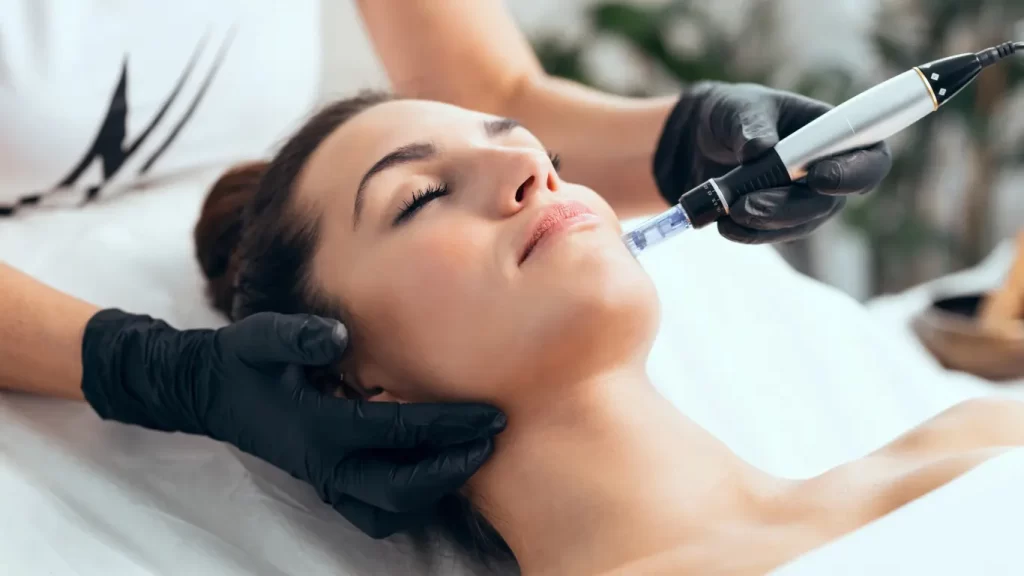
Microneedling cost: average session and dermatologist pricing
The average microneedling cost ranges from $300 to $700 per session. Prices vary by clinic, treatment area, and whether PRP is added. Dermatologist-led sessions are priced higher than esthetician services due to medical expertise and advanced devices.
Finding a dermatologist near me
Searching “microneedling with a dermatologist near me” can help you locate trusted providers. Always confirm that your dermatologist is board-certified and experienced in microneedling treatment.
Microneedling with a dermatologist’s reviews and experiences
Reviews provide insight into real patient results and satisfaction. Look for consistent reports of improved skin, safe care, and professional service.
Risks and Safety
Common side effects
Mild redness, swelling, and sensitivity are common after microneedling. These effects usually fade in a few days. Infection risk is low when the procedure is performed under sterile conditions.
When to seek medical follow-up
Contact your dermatologist if you experience unusual pain, prolonged redness, or signs of infection. Professional follow-up ensures safe recovery and protects your skin.
Who Is a Good Candidate?
Best candidates for dermatologist-led microneedling
Microneedling is ideal for patients with acne scars, stretch marks, fine lines, or those seeking general skin rejuvenation. It is safe for most skin types when supervised by a dermatologist. Patients dealing with issues such as hair loss may also benefit from PRP combined with microneedling, since it can stimulate growth in certain cases.
Who should avoid this treatment?
Patients with active infections, certain skin conditions, or poor wound healing should avoid microneedling. Pregnant individuals and those on specific medications may also need to wait. Your dermatologist can guide you based on your medical history.


